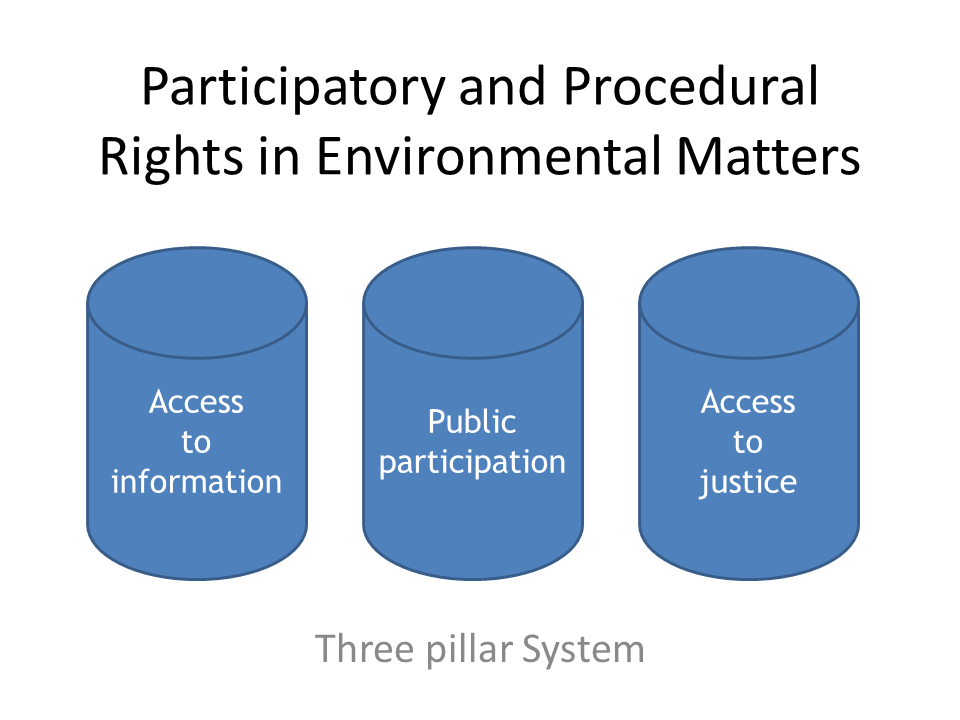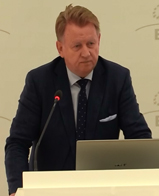Introduction
Aarhus Convention – what is it?
The United Nations Economic Commission for Europe (UNECE) was adopted on 25 June 1998 in the Danish city of Aarhus at the Fourth Ministerial Conference as part of the "Environment for Europe" process. It entered into force on 30 October 2001. The Aarhus Convention establishes a number of rights of the public (individuals and their associations) with regard to the environment and focusses in interactions between the public and the public authorities. As of March 2014, it has 47 parties—46 states and the European Union. All of the ratifying states are in Europe and Central Asia. The EU has begun applying Aarhus-type principles in its legislation, notably the Water Framework Directive (Directive 2000/60/EC). The Parties to the Convention are required to make the necessary provisions so that public authorities (at national, regional or local level) will contribute to these rights to become effective. The Convention has 3 main ‘pillars’: access to information, public participation and access to justice.
For the presentation on "Participatory and procedural rights in environmental matters: Introduction" see:


